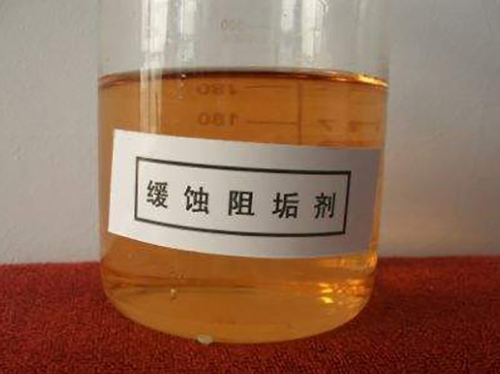pam chemical for water treatment
Understanding PAM Chemical for Water Treatment
Water treatment is a critical process that ensures the availability of clean and safe water for various uses, ranging from domestic consumption to industrial applications. Among the various chemicals used in this process, Polyacrylamide (PAM) has emerged as a highly effective agent. This article explores the properties, applications, and benefits of PAM in water treatment.
What is Polyacrylamide (PAM)?
Polyacrylamide is a synthetic polymer composed of acrylamide subunits. It exists in various forms — including non-ionic, anionic, and cationic — making it versatile for different applications. PAM is known for its high molecular weight and capability to flocculate suspended particles in water. This unique property makes it invaluable in water treatment processes, as it helps to agglomerate smaller particles into larger flocs, which can then be easily removed from the water.
Applications of PAM in Water Treatment
1. Flocculation The primary application of PAM in water treatment is flocculation. When added to water, PAM molecules interact with suspended solids, helping to form larger flocs that settle out of the water column. This process is crucial in municipal wastewater treatment, allowing for higher efficiency in removing contaminants.
2. Sludge Management PAM plays a significant role in managing sludge produced during wastewater treatment. It enhances the dewatering process, reducing the volume of sludge and making disposal more manageable. By facilitating the formation of denser sludge cakes, PAM helps to lower the costs associated with sludge handling.
3. Coagulation Aid In combination with traditional coagulants like alum, PAM can improve the coagulation process. It assists in destabilizing colloidal particles in water, enhancing the overall efficiency of the treatment process.
pam chemical for water treatment

4. Soil Stabilization Beyond its applications in direct water treatment, PAM is also used in soil stabilization. The polymer can reduce erosion and promote water retention in soil, thereby contributing to better water management practices.
Benefits of Using PAM
The advantages of using PAM in water treatment processes are numerous
- Enhanced Efficiencies PAM significantly increases the efficiency of flocculation and sedimentation processes, resulting in clearer water more quickly. - Cost-Effectiveness By improving the dewatering characteristics of sludge, PAM can lead to reduced disposal and treatment costs in wastewater treatment facilities. - Versatility The ability to customize PAM formulations (anionic, cationic, or non-ionic) allows it to be tailored for specific water treatment needs, making it useful for a wide range of applications from municipal to industrial contexts. - Environmental Benefits PAM is biodegradable under certain conditions, and its proper use minimizes environmental impact compared to some traditional treatment chemicals that may be more harmful.
Considerations and Safety
While PAM is generally considered safe for use in water treatment, certain precautions must be taken. Operators must ensure the appropriate dosage to prevent excessive polymer buildup, which could lead to other treatment challenges. Additionally, while PAM itself is not toxic, care must be taken to prevent the release of acrylamide, a known neurotoxin, during its production or degradation.
Conclusion
Polyacrylamide (PAM) has proven to be an effective and versatile chemical for water treatment processes. Its ability to facilitate flocculation, improve sludge management, and assist in coagulation makes it a valuable agent in both municipal and industrial water treatment settings. As the demand for clean water increases, the role of PAM will likely grow, contributing to more efficient and sustainable water management practices.
-
lk-319-special-scale-and-corrosion-inhibitor-for-steel-plants-advanced-solutions-for-industrial-water-systemsNewsAug.22,2025
-
flocculant-water-treatment-essential-chemical-solutions-for-purification-processesNewsAug.22,2025
-
isothiazolinones-versatile-microbial-control-agents-for-industrial-and-consumer-applicationsNewsAug.22,2025
-
scale-inhibitor-key-solutions-for-water-system-scale-preventionNewsAug.22,2025
-
organophosphonates-versatile-scale-inhibitors-for-industrial-water-systemsNewsAug.22,2025
-
scale-and-corrosion-inhibitor-essential-chemical-solutions-for-water-system-maintenanceNewsAug.22,2025





